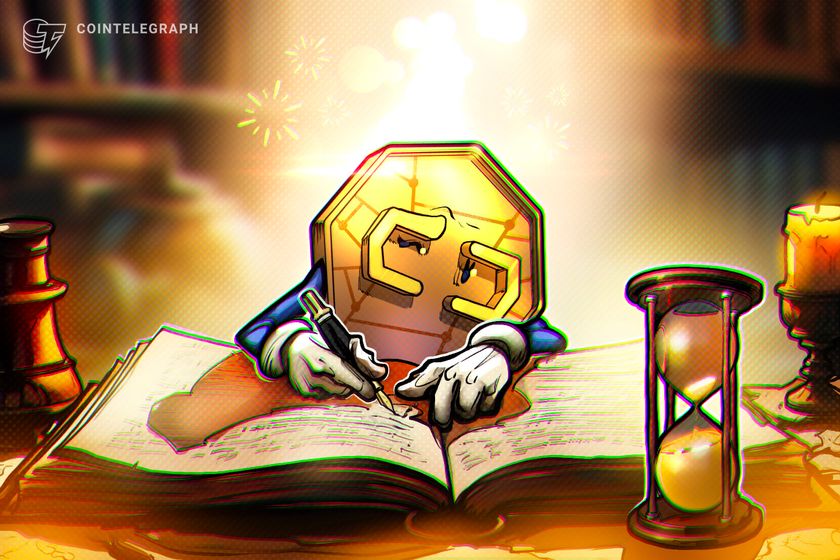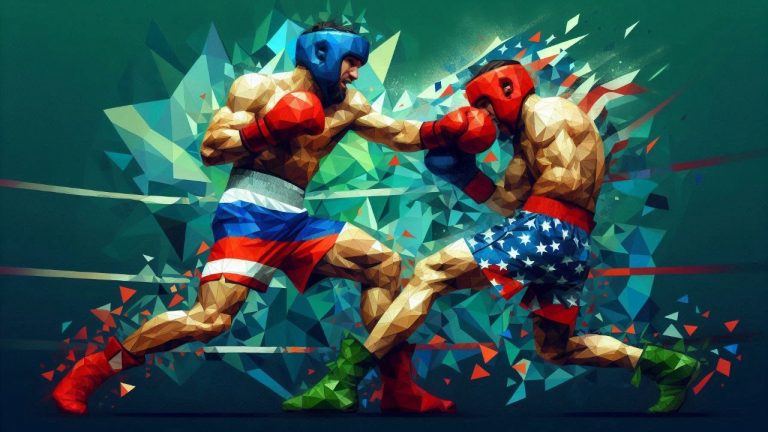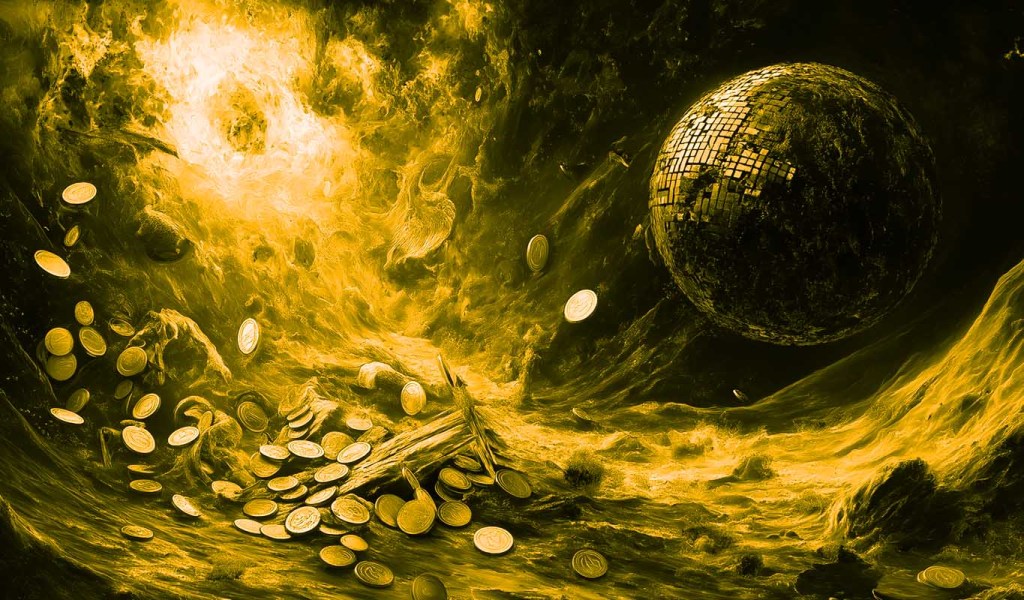
What is proof-of-history, and how does it work?

Learn how proof-of-history works and what advantages and challenges it brings to the Solana Blockchain.
In a distributed network like a blockchain, synchronizing a common timeline of transactions is a significant challenge. Most blockchains achieve this by coordinating blocks through network-wide communication; however, this approach can create delays and slow down transaction finality, especially as more nodes join the network.
Solana’s founder, Anatoly Yakovenko, saw a way to address this “clock problem” by introducing a cryptographic solution that provides a historical record of transactions. By giving every transaction a verifiable timestamp, Solana can create a cryptographic order of events without requiring constant network consensus on the time or order. This solution, known as proof-of-history, became a central feature that sets Solana apart, allowing it to achieve high speeds without compromising on decentralization.
Go to Source
Author: Arunkumar Krishnakumar









